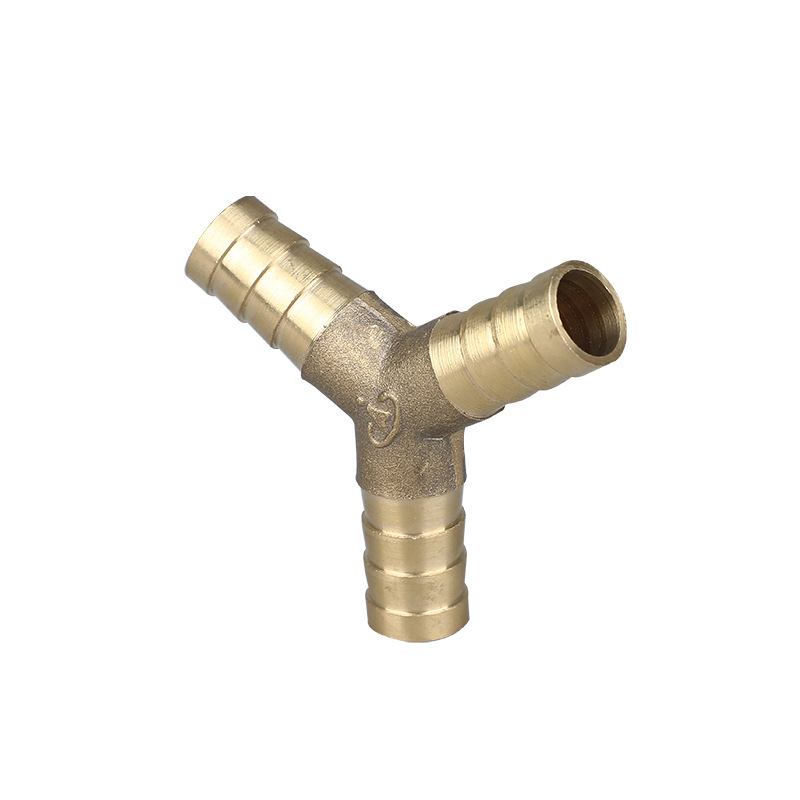When it comes to pipe fittings and connections, Y-shaped and T-shaped pagoda tees are indispensable components. These two types of tees differ in structure, fluid flow direction, and application, and each has unique advantages and differences to meet specific needs and requirements.
The Y-shaped pagoda tee is designed with two exits or entrances at a 120-degree angle, shaped like the letter "Y". One of its main advantages is its low flow resistance. Due to its Y-shaped structural design, the resistance when fluids divide or merge is small and the flow efficiency is high. Additionally, the Y-shaped design allows fluid to transition smoothly between the two outlets or inlets, reducing turbulence and vibration. This makes the Y-shaped Pagoda Tee a suitable choice for situations where two pipes need to be combined into one or branched off, such as toilet inlet and outlet branch pipes. Its wide range of applications makes it a versatile and practical choice for a variety of fluid flow systems.
On the other hand, the T-shaped Pagoda T-junction has a main road and a branch road perpendicular to it, forming a structure similar to the letter "T". One of its significant advantages is its space utilization capabilities. The T-shaped structure is ideal for pipe connections in confined spaces, allowing right-angle turns and flow diversion to maximize the use of available space. In addition, the right-angle design of the T-shaped tee makes it more stable when bearing axial pressure and lateral stress, ensuring a safe and reliable connection. It is easy to install and is ideal when you need to change the direction of a pipe or connect three pipes that are perpendicular or nearly vertical to each other.
When considering the difference between the two, it should be noted that the Y-shaped pagoda tee is conducive to relatively smooth fluid flow and low resistance, and is suitable for situations where flow needs to be divided or merged and where minimal fluid resistance is required. On the other hand, T-shaped tee joints, although they can also allow fluid to flow in different directions, may cause greater resistance due to the need to change direction.
Ultimately, the choice between Y- and T-barrel tees depends on the specific requirements of the application. Understanding the advantages and differences of each type is critical to making an informed decision when selecting the appropriate tee fitting for a specific fluid flow system. Whether pipes are merging, branching, or changing direction, Y- and T-barrel tees provide versatile solutions for a variety of piping applications.


Post time: Dec-18-2023
